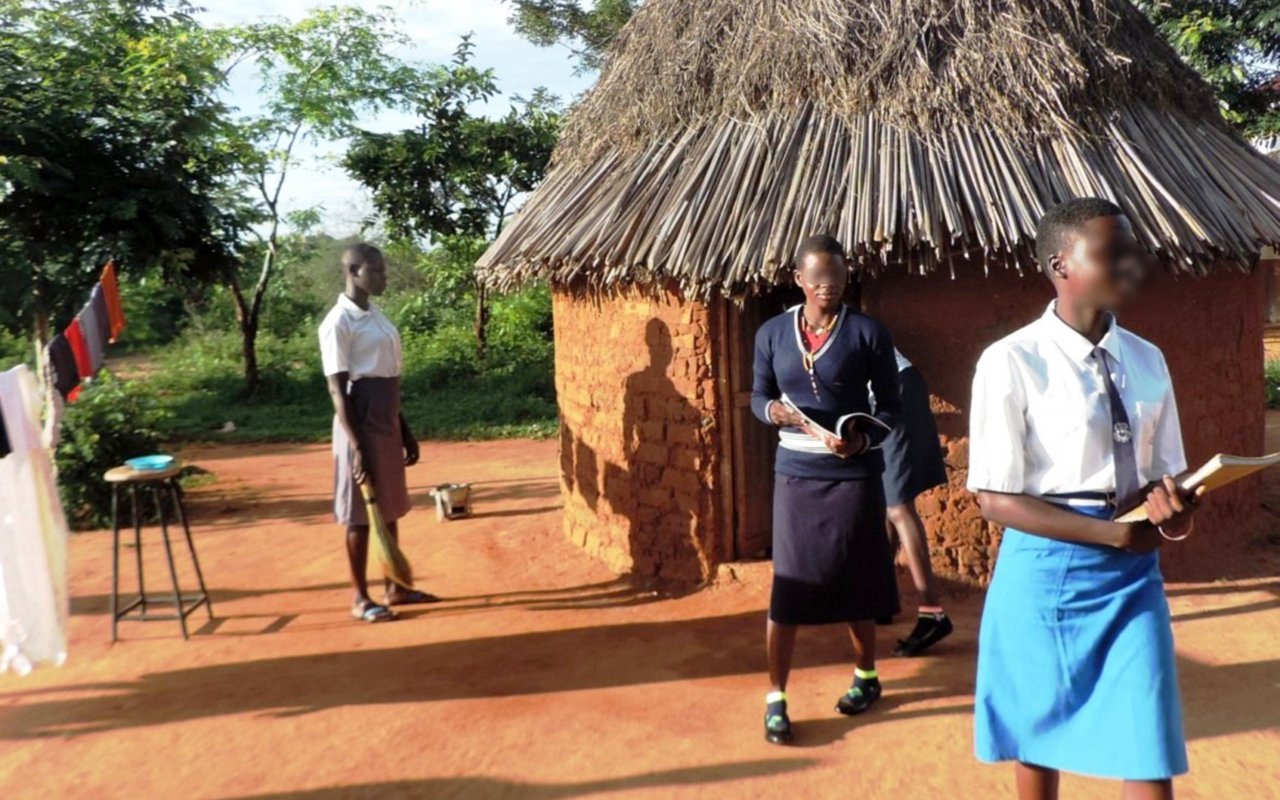VIDEO: The faces of South Sudan war part III
What you need to know:
- The green bushes rose in perfect harmony spreading sometimes onto the road.
- Homes were deserted. Saucepans rattled across muddy floors.
- Burnt cars were on the highway dressed in bullet holes, some with smoke still easing off them
The war had claimed its cost.
It was hard to get any sleep as tanks continued to shake the ground.
Bibia wasn't a sight to marvel at either. It was a few huts and andakas (a ground dug hole where soldiers slept).
An unkempt vegetation surrounded it breaking only to allow for the entrance to the detach. UPDF had put it up at the height of the LRA war to respond quickly to attacks in the northern districts of Kitgum and the border town of Elegu.
Brigadier Kayanja Muhanga, then an officer in the Combat Operations office of the LRA had used it to gather lots of intelligence on the movements of the force. He had now returned to it twice in a space of two years as commander of operations for the UPDF in South Sudan.
Muhanga himself was a burly man with an intimidating gaze. He spent much of his day under the cover of his military helmet. His moustache was fat and thick spreading over to his cheeks. While in operation, he never wore his red berets that had been donned on him when he was promoted to the rank of Brigadier.
That morning, he had woken up a little early and made rounds in Bibia counting the artillery and his soldiers to make them tally with the number the South Sudan government had permitted.
He motivated his troops. It was always rumored, that the kadogos loved him because he slaughtered at least one cow every time they were due for a mission.
His voice had its deep baritone even when he negotiated that morning with the South Sudanese SPLA soldiers at the border. He kept a calm demeanor throughout the 30-minute long negotiations and then, with a snap of his finger, his brigade of over 1,000 soldiers raced back to their cars, chanting in poise and singing.
We had finally started our trek to Juba.
The image of war was almost as immediate as you crossed the border. A pent up child figure with magazines wrapped around his chest puffed away on a cigarette. A pickup truck carried gun-toting soldiers who raced the land cruiser wagon amidst cheers and vain authority. It was the jungle.
Many homes were deserted. Saucepans rattled across muddy floors. Burnt cars were on the highway dressed in bullet holes, some with smoke still easing off them.
The war had claimed its cost.
The green bushes rose in perfect harmony spreading sometimes onto the road. At many turns and bends of the highway to Juba, little marble stones would show up at the road's side. Our military escorts at the back of our car would tell us that they were used to plan ambushes.
We stopped briefly to allow for the plane that hovered over us to surveil where we were headed. The army kept packs of biscuits and tinned meat that they served us during this time.
When we set off again, in very slow pace, the trucks ahead of us ground to a complete halt. Faintly, gunshots could be heard from far off in the bushes.
We were under attack. And the shooting didn't stop.
We were driven ahead to a safe place and left with about 100 soldiers as the others rushed back to fight off the attackers.
When the ambush was done, three soldiers had been injured. And they lay in an ambulance.
That evening, we had have a presser with Muhanga who termed the attackers as “cowards”.
The next morning, we picked over 40,000 Ugandans from Juba. The excitement was surreal. On the roadsides, when the UPDF trucks were seen, some people simply broke down and cried. The pain was evident in the hearts of many Ugandan traders.
South Sudan was a country at war and war wasn't good for anyone.




